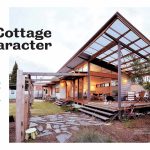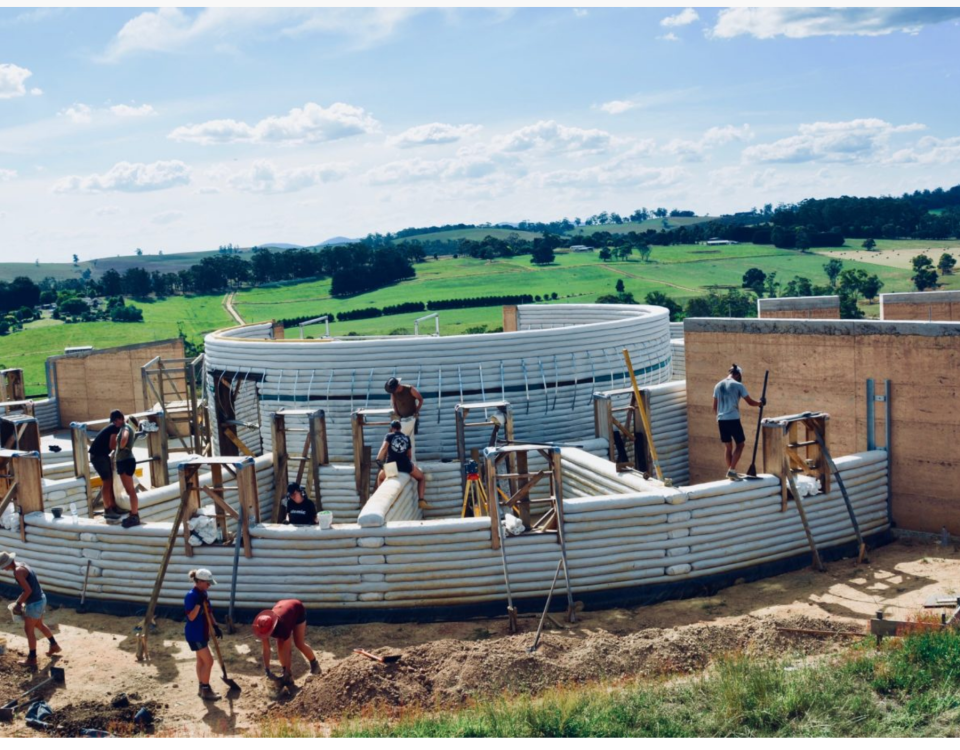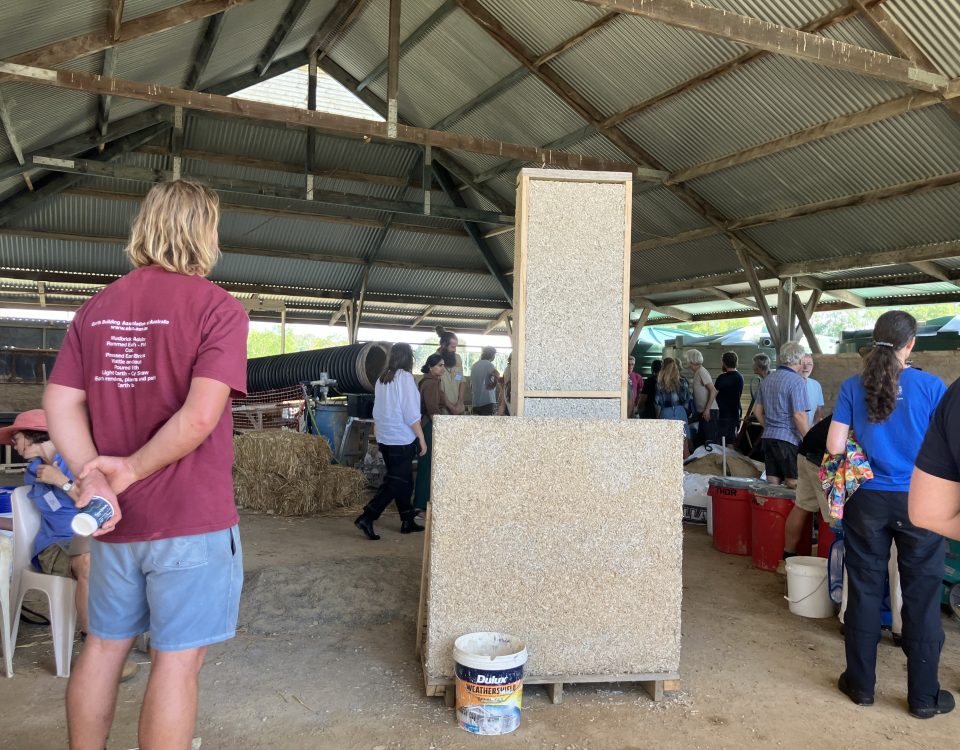
Building in the Tropics
08/11/2023
Passive Cooling – What we can learn from the tropics
16/11/2023Most people have heard of the term ‘mud-brick’ houses, in fact they are one of the most famous in the southern states of Australia.
It’s true, mud bricks are one of the oldest building materials in the world. They only require earth and the energy of the sun, so have very low embodied energy and environmental impact. A mud brick is made by mixing earth with water and fillers such as straw, placing it in a mould, and waiting for it to dry. When the mud bricks have been made, walls are laid in the traditional manner of masonry, with courses joined by mud mortar. Mud brick provides high levels of thermal mass, but low insulation. For most Australian climates, additional insulation is needed with mud brick construction to meet National Construction Code requirements.
Understanding mud brick
Mud and other earth-based materials are among the oldest building materials on earth. The oldest surviving examples in ancient Mesopotamia and Turkey, are many thousands of years old. Mud brick construction is often referred to as ‘adobe’ which is an Arabic and Berber word brought by Spaniards to the Americas, where it was adopted into English.
Basic mud bricks are made by mixing earth with water, placing the mixture into moulds and drying the bricks in the open air. Moulds can be made from timber or metal — anything that can be shaped to provide the desired size for the bricks. Straw or other fibres that are strong in tension are often added to the bricks to help reduce cracking. Mud bricks are joined with a mud mortar and can be used to build walls, vaults and domes.
If used in a good passive design and in conjunction with other appropriate materials, mud bricks come close to the ideal of minimal environmental impact. The material is ‘borrowed’ from the environment and can be replaced after use. There is little or no processing of the raw material and all the energy inputs are directly, or indirectly, from the sun. Mud bricks are cheap and perform well thermally and acoustically. The most effective use of mud bricks in building healthy, environmentally responsible houses comes from understanding their merits and limitations.
Mud brick building in Australia
Australia has a long history of building with earth, and the modern version began building with mud bricks in the 1940s as post-war reconstruciton meant conventional building materials were scarce and expensive and building from earth became the popular choice amongst a certain cohort of artists and free-thinking in the leafy outskirts of Melbourne. Building from the earth beneath their feet, a group of ‘muddies’ emerged behind notable draughtsman and designer Alistair Knox and John Harcourt amongst a slew of others who became well-known artists, sculptors, film makers and others such as Gordon Ford the pre-emininent landdscape designer, Sonia Skipper the artist, and Edna Walling the garden designer.
Second hand bricks, large eaves, verandahs, natural materials and finishes, adobe walls, timber linings and large beams (often 2nd hand), brick and slate floors became a feature. Sitting and position in relation to the natural environment and sunlight was a fundamental principal, indeed it was its inspiration. Alistair Knox popularised and legitimised mud brick buildings in mainstream society.
Check out this video of the Eltham mud brick houses and their history.
We will be focusing on mud bricks all month and will delve deeper into how they became so common in parts of Australia in the next blog.




